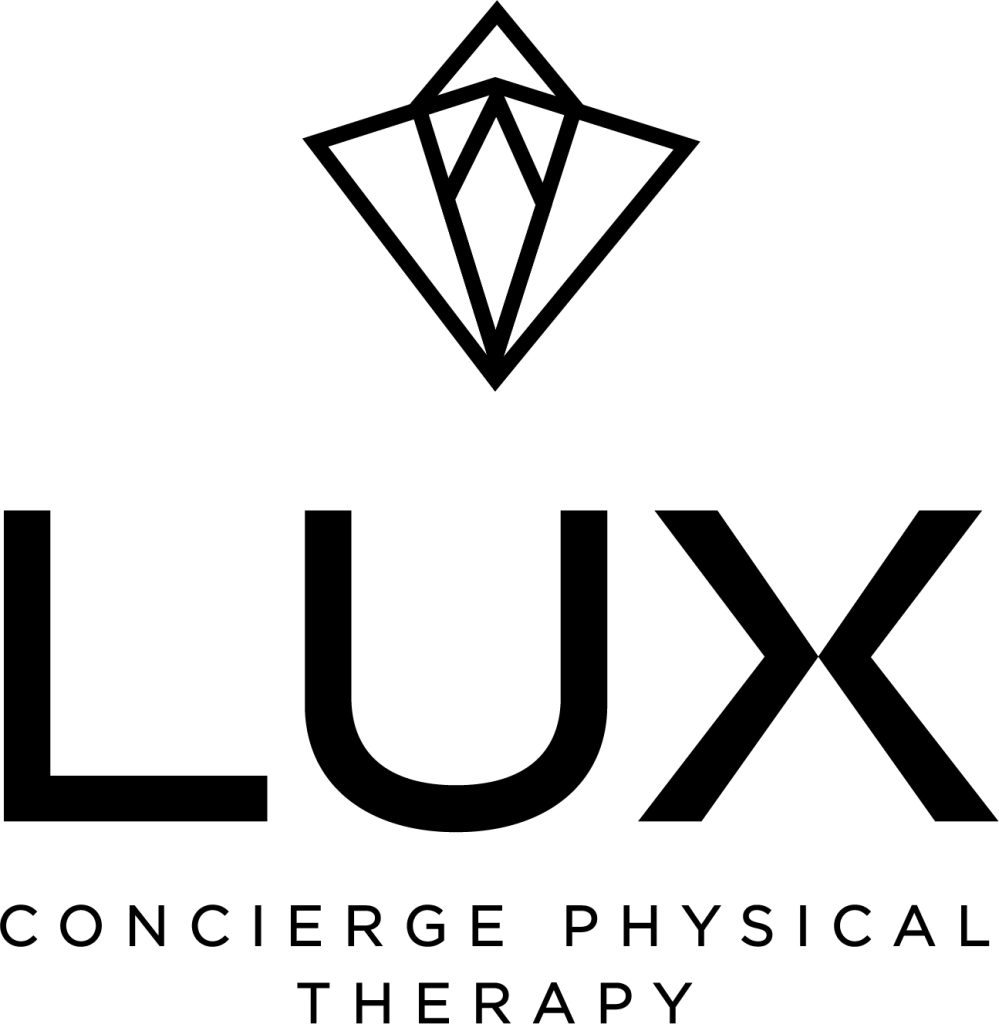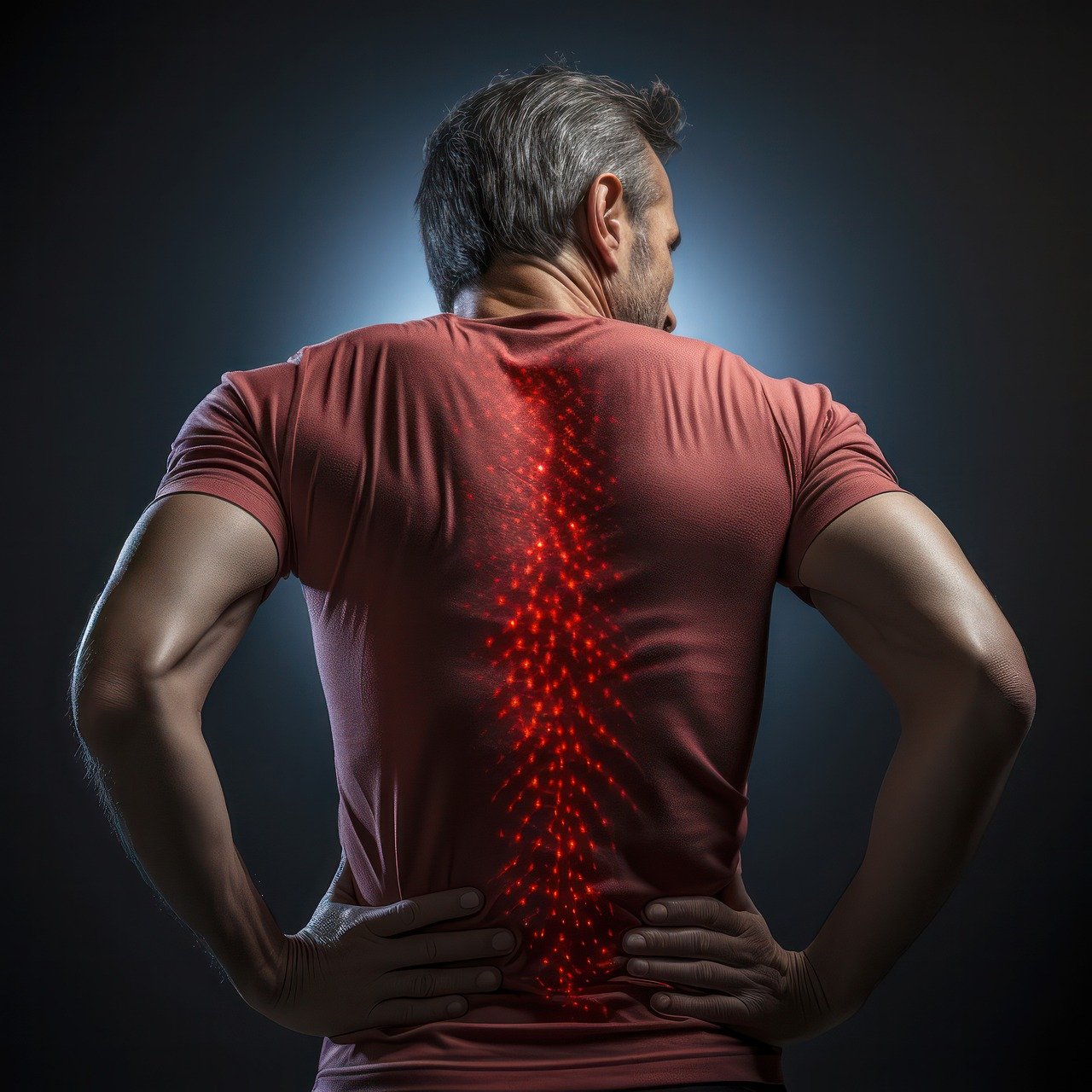Understanding Lower Back Pain
Lower back pain relief is a common concern for many people. It affects millions worldwide and can interfere with daily life. Whether caused by poor posture, muscle imbalances, or chronic conditions, finding effective ways to relieve lower back pain is crucial. Fortunately, targeted physical therapy exercises and back pain stretches can provide relief and prevent future discomfort. Additionally, understanding the root causes of pain allows for more effective treatment strategies.
Common Causes of Lower Back Pain
Before exploring exercises, it’s essential to understand what might be causing your lower back pain. Some common causes include:
- Poor Posture – Sitting or standing incorrectly for long periods can strain the lower back muscles, making lower back pain relief more challenging.
- Muscle Weakness or Imbalances – Weak core and back muscles can lead to improper spinal support, increasing the need for physical therapy exercises.
- Herniated Discs – When the soft inner material of a disc pushes through the outer layer, it can press on nerves and cause significant discomfort.
- Sciatica – Compression of the sciatic nerve can cause lower back pain that radiates down the leg, requiring specific back pain stretches.
- Sedentary Lifestyle – A lack of movement can lead to stiffness and weak muscles, making lower back pain relief more difficult to achieve.
- Injuries – Sudden movements, improper lifting techniques, or sports injuries can strain the lower back muscles, increasing the need for professional intervention.
Best Exercises to Relieve Lower Back Pain
Regular movement and strengthening exercises can improve spinal health, reduce discomfort, and help relieve lower back pain. Below are expert-recommended physical therapy exercises.
1. Pelvic Tilts
Pelvic tilts help strengthen the lower back and core muscles, improving stability and posture.
- Lie on your back with knees bent and feet flat on the floor.
- Tighten your abdominal muscles and press your lower back into the floor.
- Hold for 5 seconds, then relax.
- Repeat 10–15 times.
2. Knee-to-Chest Stretch
This stretch helps release tension in the lower back and improves flexibility.
- Lie on your back with your knees bent and feet flat on the floor.
- Bring one knee toward your chest while keeping the other foot on the floor.
- Hold for 20–30 seconds, then switch legs.
- Repeat 2–3 times per side.
3. Cat-Cow Stretch
This movement promotes spinal flexibility and relieves tension in the back.
- Start on all fours with hands under shoulders and knees under hips.
- Inhale as you arch your back, lifting your head and tailbone (Cow Pose).
- Exhale as you round your back, tucking your chin and tailbone (Cat Pose).
- Repeat 10–15 times.
4. Bridge Exercise
Strengthening the glutes and lower back muscles can help stabilize the spine.
- Lie on your back with knees bent and feet hip-width apart.
- Press through your heels and lift your hips toward the ceiling.
- Hold for 5 seconds, then lower slowly.
- Repeat 10–15 times.
5. Child’s Pose
This gentle stretch relaxes the lower back and helps relieve stiffness.
- Kneel on the floor and sit back onto your heels.
- Extend your arms forward and lower your chest toward the ground.
- Hold for 30 seconds, breathing deeply.
- Repeat 2–3 times.
Additional Tips for Lower Back Pain Relief
In addition to exercises, making small lifestyle changes can improve your spinal health and prevent recurring pain.
1. Maintain Good Posture
Sitting and standing with proper posture reduces strain on the lower back. Use ergonomic chairs, keep your shoulders back, and avoid slouching.
2. Stay Active
Regular movement helps prevent stiffness. Incorporate low-impact activities like walking, swimming, or yoga to support your lower back.
3. Use Heat and Cold Therapy
Applying heat can relax tight muscles, while ice can reduce inflammation. Alternate between heat and cold as needed for relief.
4. Strengthen Core Muscles
A strong core supports the lower back. Include exercises like planks, leg raises, and abdominal crunches in your routine.
5. Avoid Heavy Lifting Without Training
If you must lift objects, use proper techniques—bend your knees, keep your back straight, and lift with your legs, not your back.
6. Sleep Position Matters
Sleeping on your back with a pillow under your knees or on your side with a pillow between your legs can help maintain spinal alignment and relieve lower back pain.
The Role of Physical Therapy in Treating Chronic Back Pain
If lower back pain persists for weeks or interferes with daily activities, physical therapy can be a crucial step toward relief. A physical therapist can provide personalized guidance, including:
How Physical Therapy Helps
- Targeted Exercises – Strengthening and stretching routines tailored to your condition.
- Manual Therapy – Hands-on techniques to reduce pain and improve mobility.
- Postural Training – Education on maintaining proper posture to prevent pain recurrence.
- Lifestyle Modifications – Guidance on ergonomic adjustments and movement patterns to protect the lower back.
When to See a Physical Therapist for Back Pain
While occasional lower back pain can often be managed with exercises and self-care, you should seek professional help if you experience:
- Pain lasting longer than four weeks
- Radiating pain down the leg
- Numbness, tingling, or weakness in the legs
- Difficulty standing or walking
- Severe pain that disrupts sleep or daily activities
Restore Optimal Health with LUX Concierge Physical Therapy
At LUX Concierge Physical Therapy, we specialize in individualized, one-on-one care to help you achieve lower back pain relief. Dr. Jordan Dubow creates customized physical therapy programs designed to alleviate discomfort, strengthen your body, and improve mobility.
Don’t let lower back pain hold you back—schedule a consultation today and take the first step toward a pain-free life.

